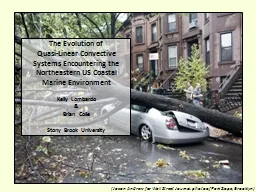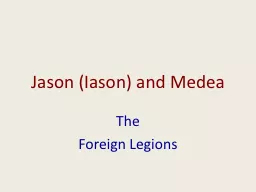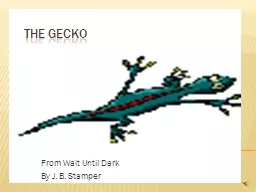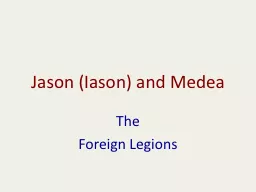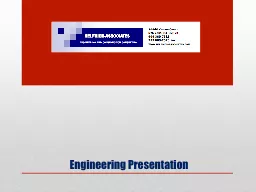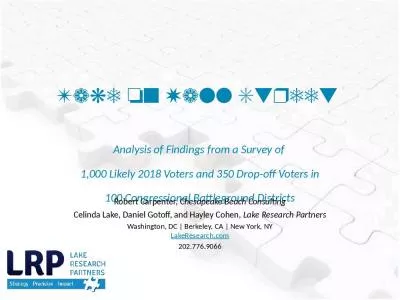PPT-(Jason Andrew for Wall Street Journal: photo of Park Slope,
Author : cheryl-pisano | Published Date : 2016-03-15
The Evolution of QuasiLinear Convective Systems Encountering the Northeastern US Coastal Marine Environment Kelly Lombardo amp Brian Colle Stony Brook University
Presentation Embed Code
Download Presentation
Download Presentation The PPT/PDF document "(Jason Andrew for Wall Street Journal: p..." is the property of its rightful owner. Permission is granted to download and print the materials on this website for personal, non-commercial use only, and to display it on your personal computer provided you do not modify the materials and that you retain all copyright notices contained in the materials. By downloading content from our website, you accept the terms of this agreement.
(Jason Andrew for Wall Street Journal: photo of Park Slope,: Transcript
Download Rules Of Document
"(Jason Andrew for Wall Street Journal: photo of Park Slope,"The content belongs to its owner. You may download and print it for personal use, without modification, and keep all copyright notices. By downloading, you agree to these terms.
Related Documents

